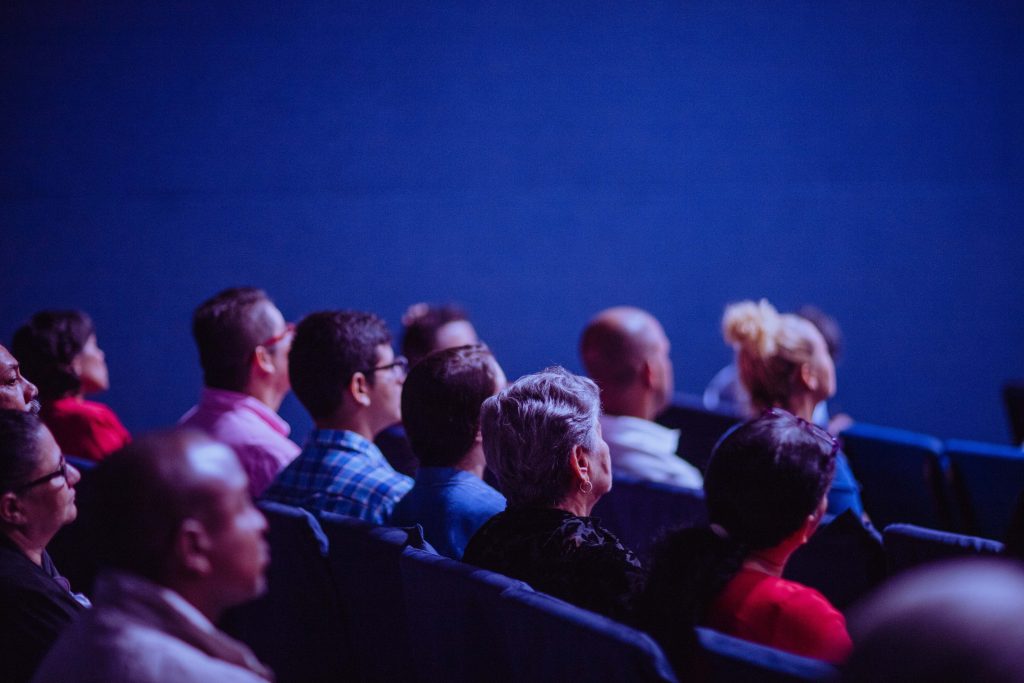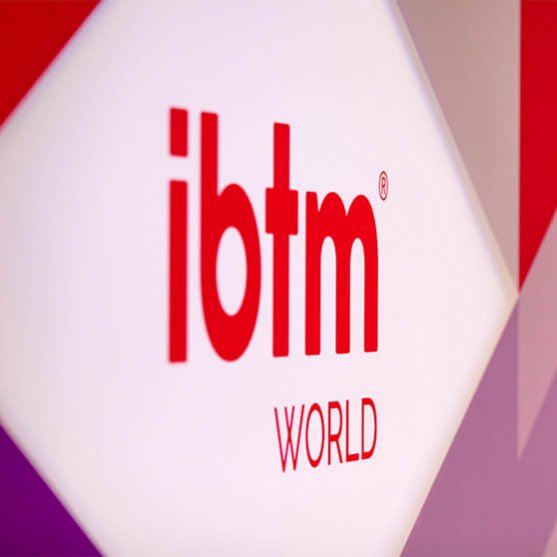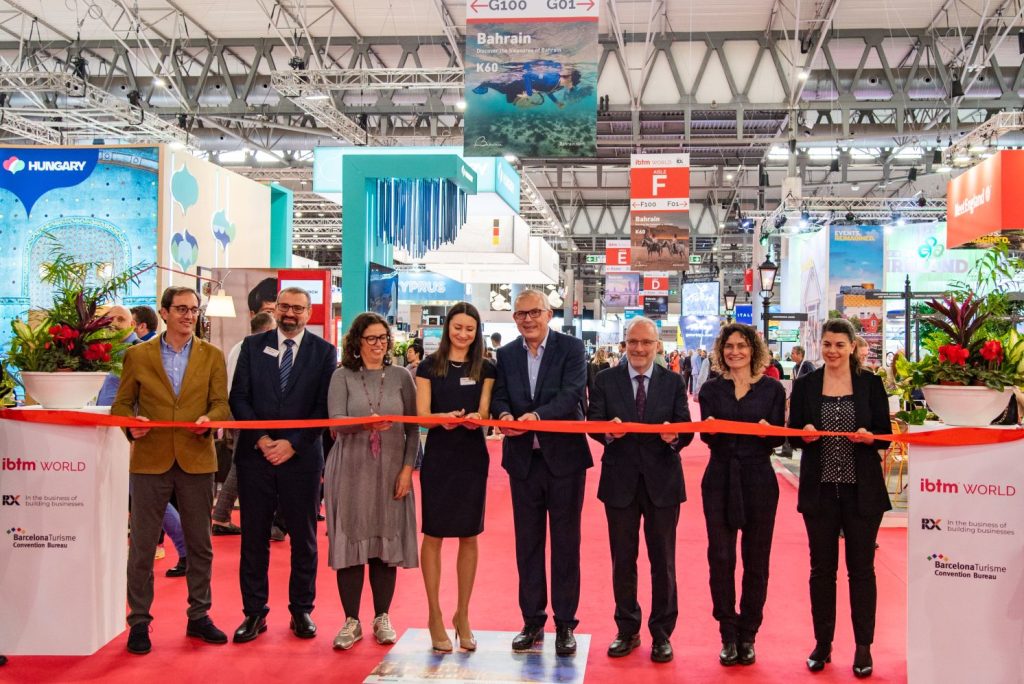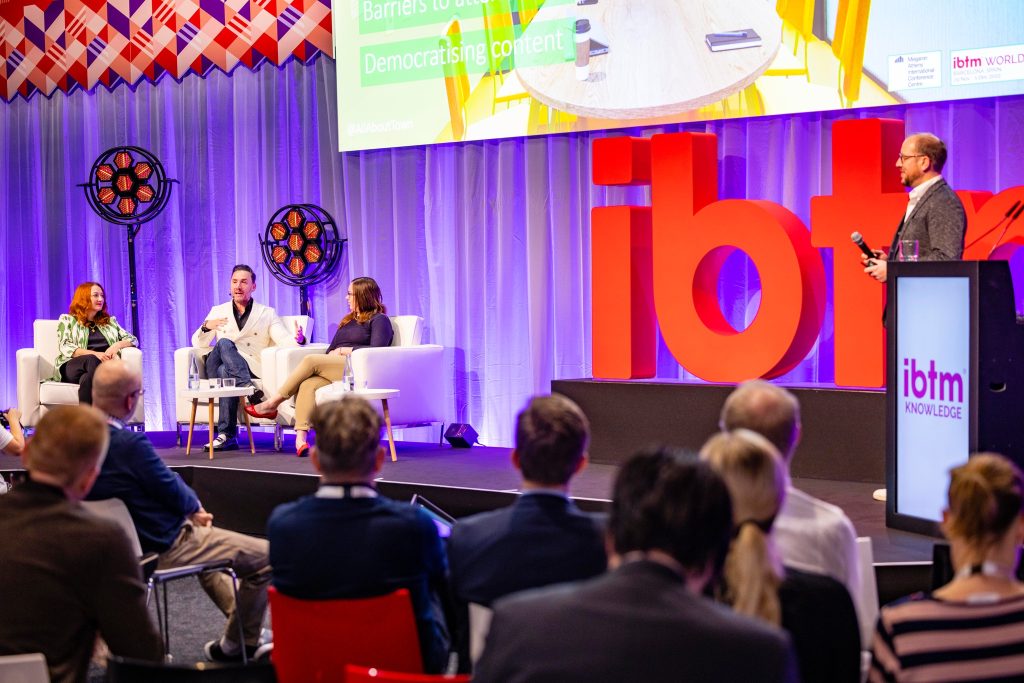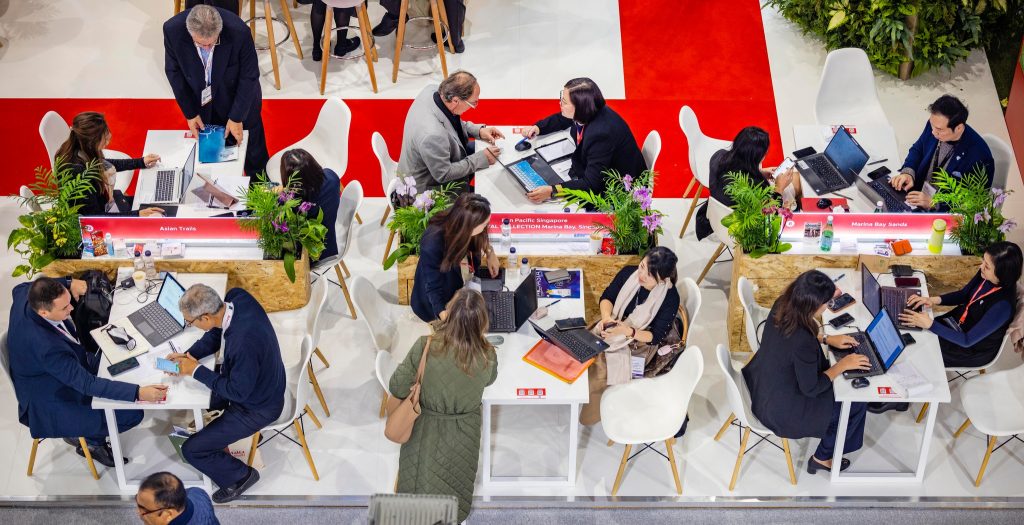
Share news
Listen
Journalists are so used to going to events that some efforts may be required to get them to attend your event and to write about it. Here’s how.
1) Do you have it? – When to hold a press conference
If you have any of these points below, then you have a good reason to hold a press conference that journalists may be interested to attend.
– A newsworthy story to tell during the conference.
– New information relating to a big story being followed by the media.
– A statement on a controversial issue.
– Participation of high profile speakers or celebrities.
– Release of important new findings or research data.
– Launch of a major new initiative.
– Announcement of something of local importance.
2) Where to hold it and how? – Location and Set-Up
– A central well-known location, convenient for journalists and appropriate to the event.
– Avoid a room which is too large and gives the appearance that few people attended.
– Make sure the noise level of the room is low.
– Reserve space at the back of the room for television cameras, possibly on a raised platform.
– Reserve an additional quiet room for radio interviews following the press conference.
– Ensure light and sound systems are in working order.
– If possible, have a fax and phone available.
– Make sure there is a podium and a table long enough for all spokespeople to sit behind.
– Consider displaying large visuals, such as graphs, logos, or charts.
– Prepare a "registration" sheet for journalists, so you know who came and where to contact them after.
– Decide if you wish to serve coffee and tea, or light snacks, following the event.
3) What time is the press conference? – Timing
– Work out a timetable to ensure that everything is ready when it is needed.
– Hold the event in the morning or early afternoon of a workday.
– Check that you are not competing with other important news events on the same day.
– Start the event on time – avoid keeping journalists waiting.
– Wait until the event to release important information to create an element of suspense.
4) What to give? – Possible Materials
– Media release and Press Kits
– List of news conference participants.(who was on the panel and their titles)
– Copies of speeches.
5) Who is coming? – Inviting Journalists
– You can invite by phone or by fax or post, but a telephone call first is always a good idea in order to ensure that important papers find the right journalist.
– Find out which journalists report on issues relating to your event (e.g. activities, industries).
– Keep an up-to-date mailing list or database of journalists. Update your media lists with details gathered from the attendance register.
– Focus on getting the most influential media to attend.
– Remember to invite international and foreign media.
– Get your event in journalists’ diaries 7 to 10 days before the event.
– Always make a follow-up call after the invitation has gone out, to check that the right journalist has received the information.
– Consider providing general, background briefings to important journalists prior to the event, without disclosing your main news story to them.
– If you already know some journalists well, involve them early and fully.
5) Who is talking? – Preparing Speakers
– Select appropriate speakers. (This seems obvious, but sometimes people are asked to speak because they have certain positions, not because they are good at speaking and know the issues.)
– Select strong speakers who are articulate, authoritative, engaging, and clear.
– Brief speakers carefully on the main message of the event.
– Prepare speakers in advance on how to answer difficult questions.
– Offer to provide speakers with Question and Answer material.
– Try to hold a meeting to brief all speakers before the event.
– Ideally, each speaker should present for only 3 or 4 minutes.
– Have each speaker make different points.
– Make sure that each speaker makes one or two important points ONLY.
– Keep speeches short and simple, aimed at a general audience and avoid technical jargon.
– Select a moderator who will manage questions from the floor after the presentation.
– Encourage lots of questions. Keep answers to questions short.
– Try to have speakers who are fluent in a range of languages, and who are able to give interviews in these languages after the conference.
6) What’s next? – Follow-up
– Within a few hours of the conclusion of the press conference, fax or deliver information to important journalists who were unable to attend but are interested in covering the event.
– Make sure the switchboard of your organisation is advised on where to direct follow-up calls from journalists.
– Gather press clippings of the coverage which results from the press conference and distribute this to important coalition partners and policy makers.
– Evaluate how the news conference went: attendance, speakers, coverage, organisation and other aspects of the event and use your learning points for future news conferences.
Program:
Most news conferences are fairly quick events – do not be surprised if everything is over in less than an hour. Aim to have the following programme:
– introduction of speakers and welcome media representatives
– short inputs by each speaker (try to stick to 3 speakers or less) and each should have a different angle
– questions from the media and answers
– closure: thank the media for coming and sum up
Most interviews by radio and television take place after the conference. You may need to facilitate these by introducing or suggesting possible interview subjects to the media – though they will almost certainly have their own ideas.


